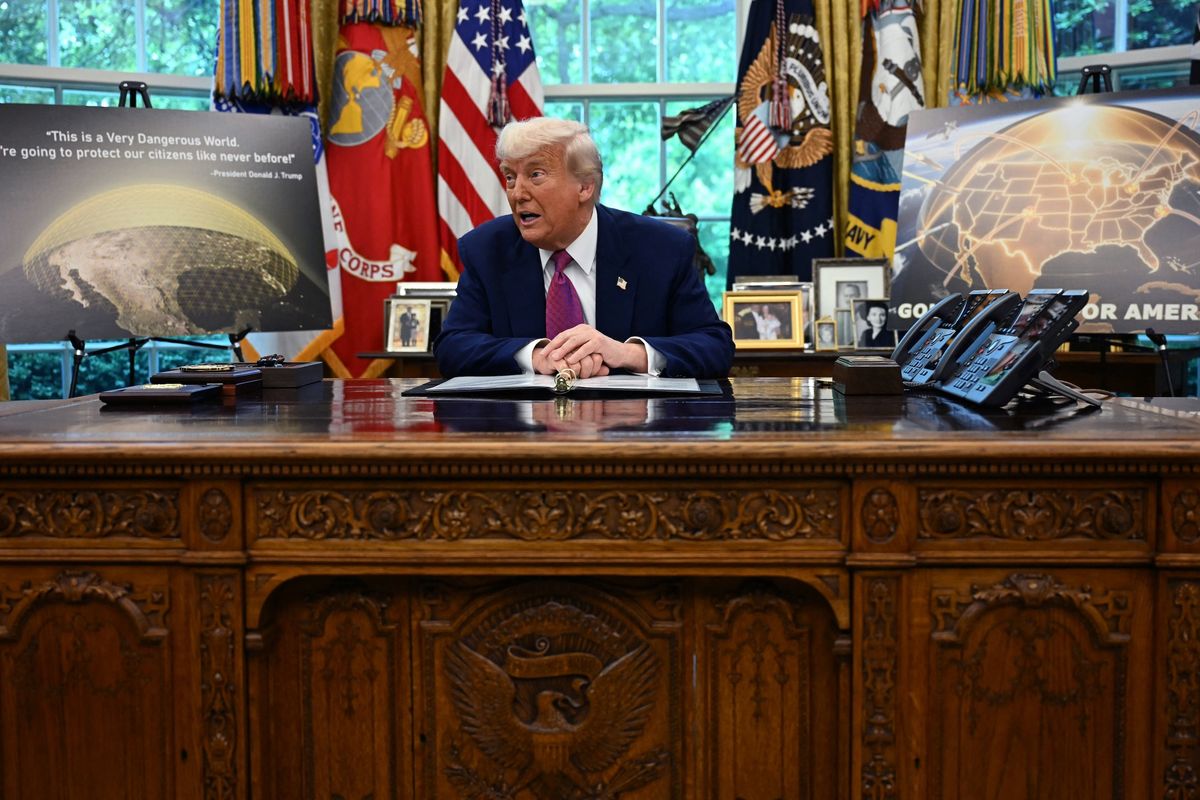OPINION — In the global techno-competition, the Department of Defense (DoD) has finally fielded a tool to incentivize America’s capital markets to invest in the kinds of emerging technologies Washington will need to maintain its advantage in this growing technology fight. In early December, Secretary of Defense Lloyd Austin established the Office of Strategic Capital (OSC), and shortly thereafter, the OSC team unveiled their first program: the Small Business Investment Company Critical Technologies (SBICCT) Initiative—a critical technology investment fund building on a long established and historically successful program run by the Small Business Administration. The SBICCT Initiative will provide critical, early-stage investments into vital technologies that have a slower return on investment than venture capital is usually seeking. Responsibilities now lie with Congress to provide further funding and enhanced authorities and with DoD to support the office’s planned development of additional program authorities to ensure that OSC matures into a true weapon within the Pentagon’s innovation arsenal.
For decades, the Chinese Communist Party (CCP) has directed national resources into focused 5-year plans to modernize the People’s Liberation Army. This effort has developed a myriad of capabilities, the DF-21D anti-ship ballistic missile, the DF-17 hypersonic missile, and various surface-to-air-missile systems, all designed to defeat America’s primary weapons systems and prevent our operations in the Western Pacific. Its military-civil fusion investment funds, estimated at $700 billion dollars, assist in steering this modernization effort. CCP actors have sought to capture top western-produced technology through equity-controlling venture investments and the outright acquisition of foreign critical technology companies. This barrage of adversarial capital, although often tempting to cash-strapped startups, is a death-wish for companies hoping to eventually market products to the DoD or protect the market viability of their intellectual property. This directed strategy, combined with constant cyberattacks pilfering hundreds of billions in American intellectual property, has elevate Beijing into a global leaders in dozens of critical technologies.
Looking for a way to get ahead of the week in cyber and tech? Sign up for the Cyber Initiatives Group Sunday newsletter to quickly get up to speed on the biggest cyber and tech headlines and be ready for the week ahead. Sign up today.
In contrast to China’s top-down model, the United States private capital market is one of the country’s greatest strengths, but in recent decades venture capital and private equity firms have not focused investments on capital-intensive critical technologies. Investors bet on software start-ups, mobile applications, and business-to-business software-as-a-service companies with high margins. For example, last year investors directed only $9 billion dollars into hardware startups, while $124 billion into software. OSC’s new SBICCT Initiative aims to change this dynamic by building on the decades-old Small Business Investment Company (SBIC) program.
In 1958, President Dwight Eisenhower signed the Small Business Investment Act to direct additional capital towards small business financing. This decision early during the Cold War served as the foundation for today’s thriving venture ecosystem. Catalysed by the Soviet launch of Sputnik, the SBIC program jumpstarted America’s Cold War dynamism. Throughout the program’s lifetime, SBICs provided initial funding to hundreds of successful companies, including FedEx, Apple, Costco, and Hewlett-Packard. Even the world’s first supercomputer, Cray-1, was funded in part by a government-backed SBIC. Announcing the new partnership with OSC, Bailey DeVries, an associate administrator at the Small Business Administration, noted that over the past 65 years, SBIC “has seeded and scaled some of the most innovative and successful businesses in the world.” Many of the technologies these businesses developed underpin U.S. national security.
It's not just for the President anymore. Are you getting your daily national security briefing? Subscriber+Members have exclusive access to the Open Source Collection Daily Brief, keeping you up to date on global events impacting national security. It pays to be a Subscriber+Member.
The SBICCT Initiative will help address gaps in other U.S. government efforts to fund critical technology development. Silicon Valley has argued, for example, that U.S. grants fail provide recurring the kind of annual revenue companies need to scale production. Two other planned programs at OSC, the Transition Acceleration Program and Federal Loan Program Initiative, will also help tackle this challenge. The Transition Acceleration Program will help provide capital to companies bridging from start-ups to equipment providers for DoD’s programs of record. Through the Federal Loan Program, DoD will be able – like a myriad of other federal agencies – to provide direct loans or guarantees to high potential critical technology companies. These follow-on initiatives will need champions on both sides of the aisle in Congress and in the acquisition and research and development offices within the Pentagon to truly provide the Secretary of Defense a “Swiss Army knife” of financing tools for gaps in private sector critical technology financing. Increased funding and enhanced authorities will be vital if the office is able to scale investment and ensure increased competition within the defense industrial base.
U.S. venture capitalists look to minimize risk while still identifying unicorns – startups that cross the billion-dollar valuation metric – and market opportunities. OSC will provide patient capital that other emerging technology companies need to transform themselves into attractive investment opportunities. The OSC is primed to facilitate, encourage, and support investment into technologies that will protect America and build for the future. Congress must ensure that they are given the funding, authorities, and support to fully do so.
The Cipher Brief is committed to publishing a range of perspectives on national security issues submitted by deeply experienced national security professionals.
Opinions expressed are those of the author and do not represent the views or opinions of The Cipher Brief.
Have a perspective to share based on your experience in the national security field? Send it to Editor@thecipherbrief.com for publication consideration.
Read more expert-driven national security insights, perspective and analysis in The Cipher Brief














